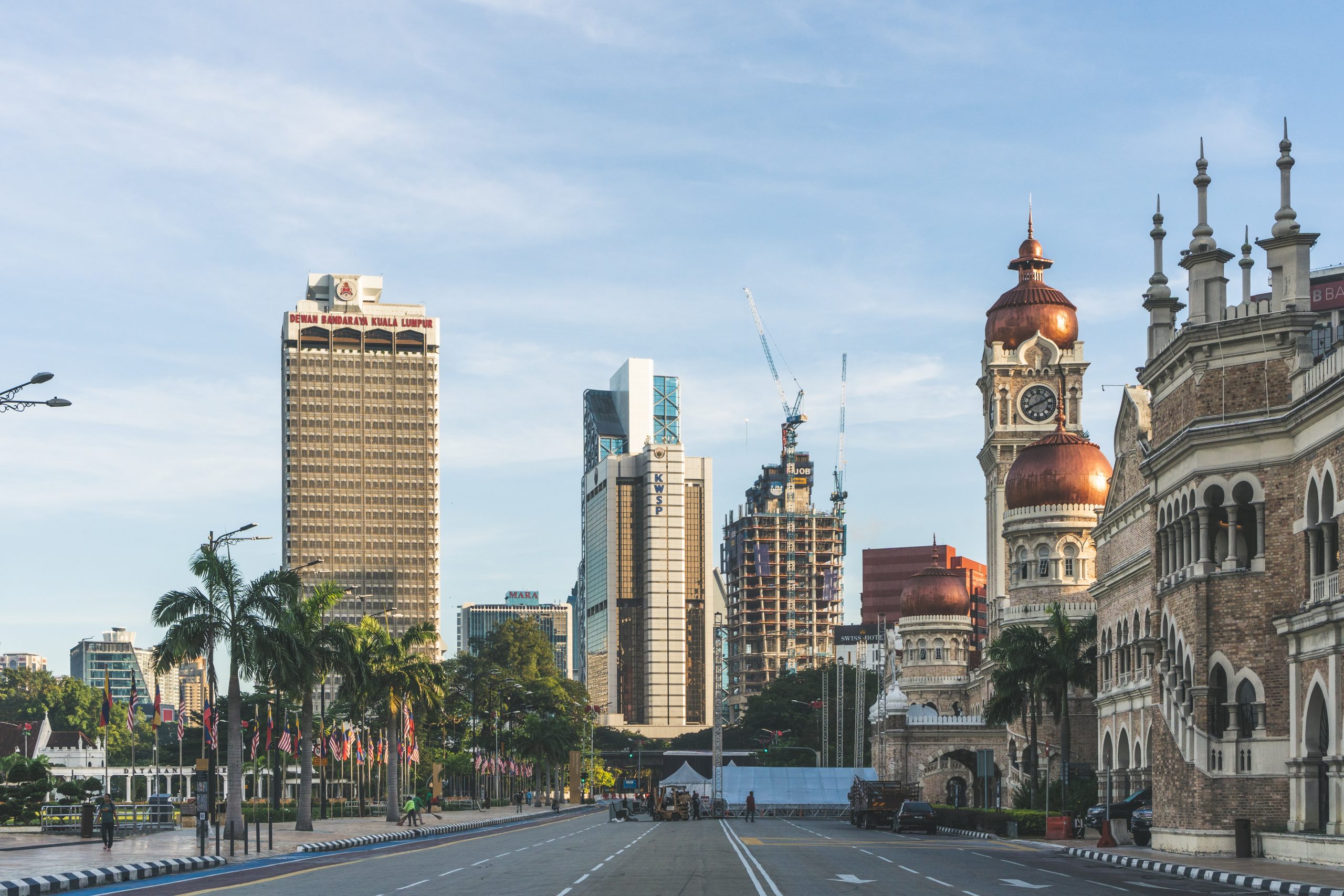
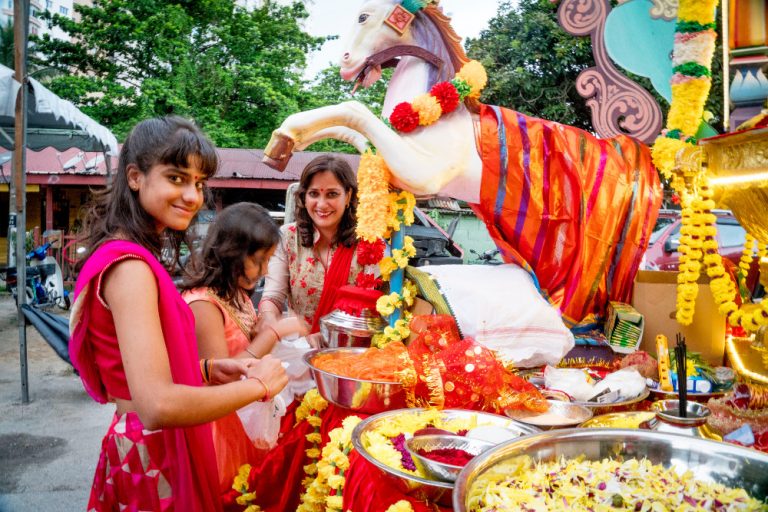
One of the most significant dates in the Hindu calendar, Navratri is a celebration of good’s triumph over evil.
The Hindu festival got its name from the Hindi words nava (meaning nine) and ratri (night), hence its literal meaning that Navratri takes place for nine nights and 10 days. It is celebrated four times in a year, the biggest one being the Sharad Navratri, which occurs during the month of Ashvin in the Hindu lunisolar calendar (typically in September or October). While the celebrations in India are not to be missed, other countries with a large Hindu community such as Nepal, Sri Lanka, Malaysia, Singapore and Thailand also joins in the revelry.

Indian sweets called jelebi are packed to be distributed to the public during Navratri. Image: travel360.com/Nicky Almasy
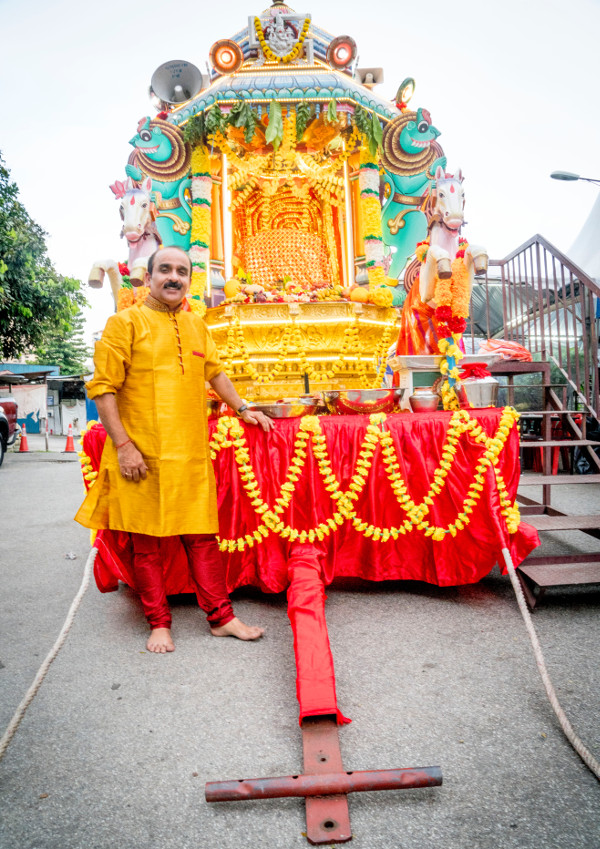
A typical feature of Navratri is a decorated chariot that carries the idol of Goddess Durga around the neighbourhood. Image: travel360.com/Nicky Almasy
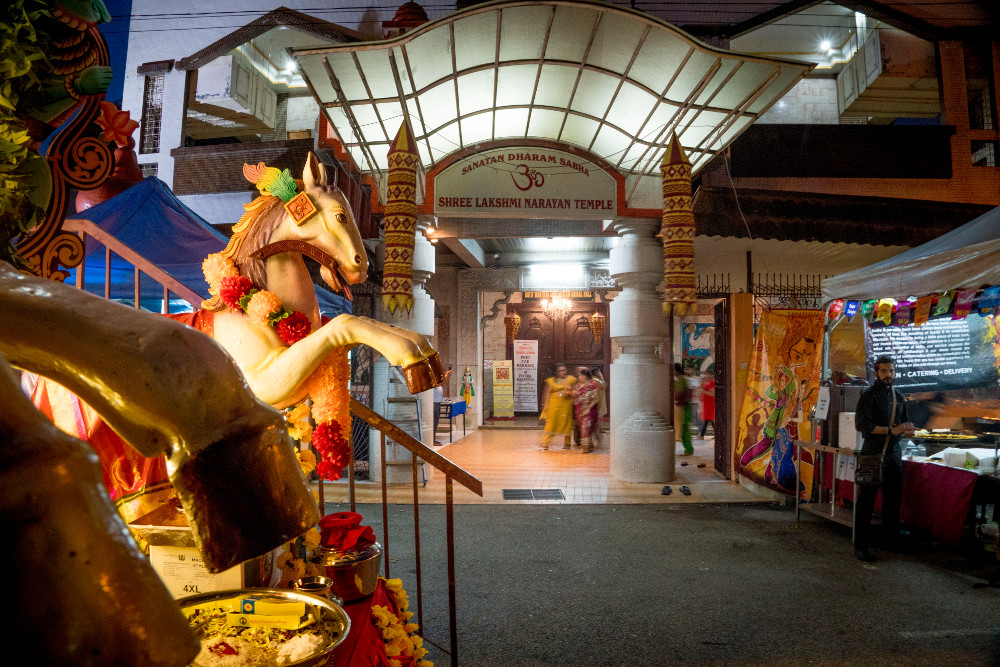
In Malaysia’s capital city of Kuala Lumpur, a good place to experience Navratri is the Shree Lakhsmi Marayan Temple in Sentul. Image: travel360.com/Nicky Almasy
There are many legends surrounding Navratri, most of which revolves around the primary theme of good’s triumph over evil. One beloved tale is that of Goddess Durga winning the battle against the buffalo-headed demon Mahishasura, which represents egotism. Divine feminine qualities are also greatly emphasised during Navratri, hence why the festival is big on dance, music and decorations.
During the festival, devotees adhere to strict rules such as a purely vegetarian diet rich with dry fruits and nuts such as almonds and cashew nuts. The consumption of alcohol is also prohibited during this period. In Malaysia, prayers and rituals take place at a Hindu temple for nine nights before its culmination on the 10th day, when the idol representing Goddess Durga is brought out on a decorated chariot for a procession around the neighbourhood.
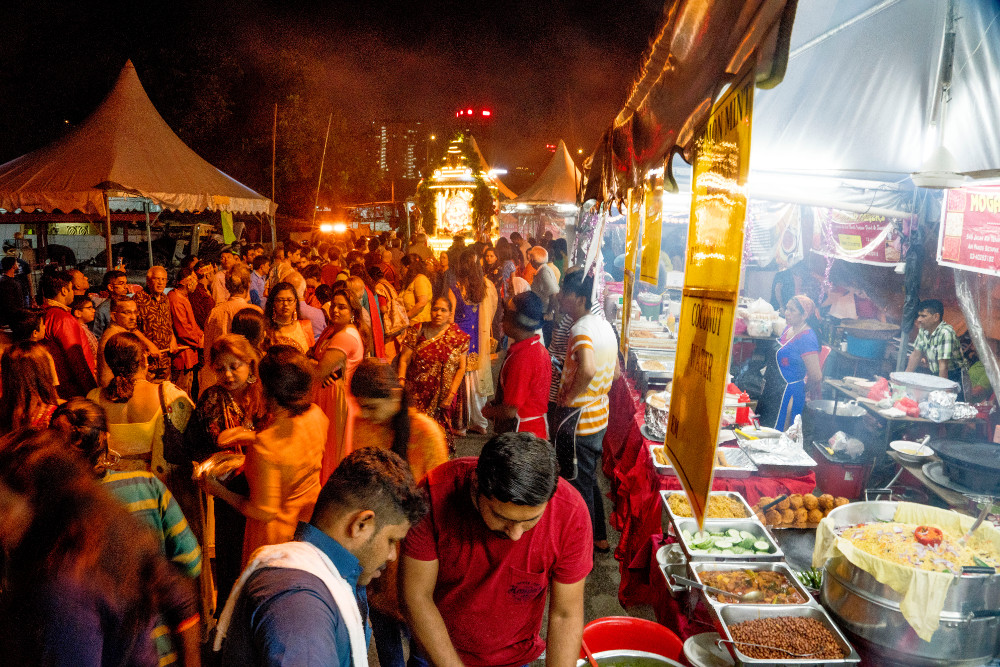
Thousands of devotees made their way to the Shree Lakhsmi Marayan Temple in Sentul, Kuala Lumpur, on the last night of Navratri. Image: travel360.com/Nicky Almasy

The chariot that carries the deity is usually heavily decorated with colourful fabrics as well as flowers such as chrysanthemum and marigold. Image: travel360.com/Nicky Almasy
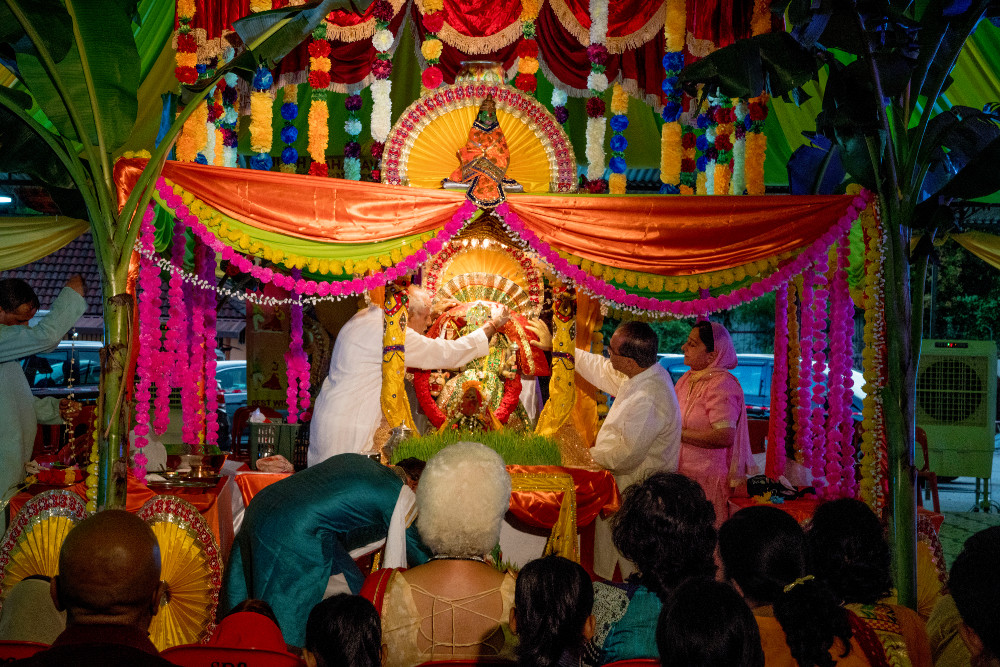
Priests and devotees putting the finishing touches on the Goddess Durga idol before the procession.Image: travel360.com/Nicky Almasy
Plenty of customs, rituals, and activities take place during Navratri, including the play of colours. Devotees usually wear different colours during the nine days to symbolise the different aspects of the Mother Goddess, starting with royal blue and then yellow, green, grey, orange, white, red, sky blue and pink on the ninth day.
Another interesting fact about Navratri is that also coincides with the Nine Emperor Gods Festival, an ancient Taoist celebration, which also takes place for nine days on the ninth lunar month.
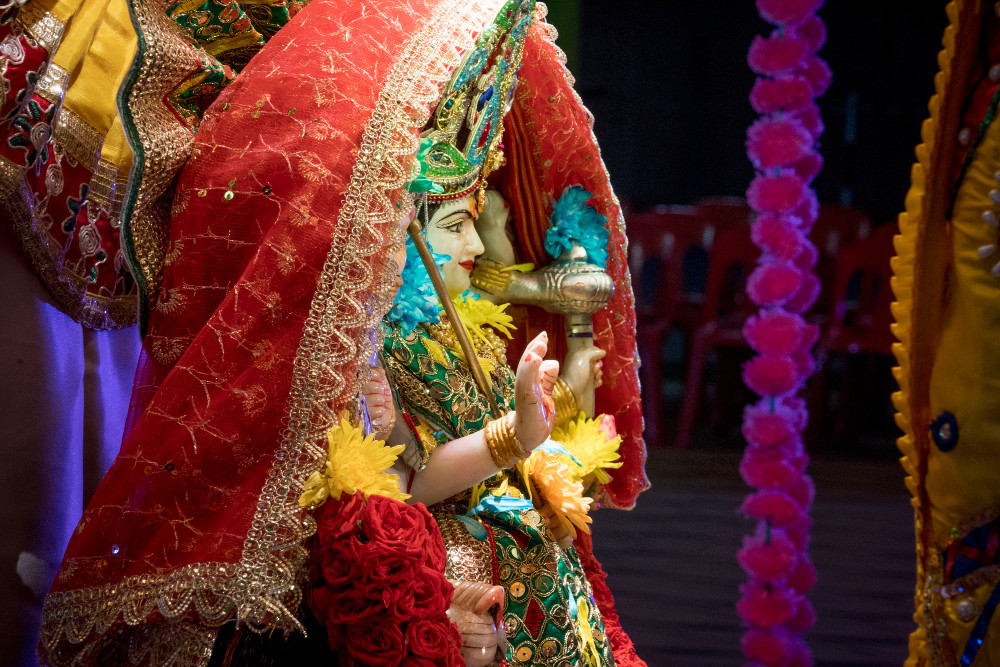
Goddess Durga appears in Hindu mythology under many names and forms, but they’re all ultimately different aspects of the same one goddess. The name Durga translates to impassable, inaccessible, as well as invincible. Image: travel360.com/Nicky Almasy
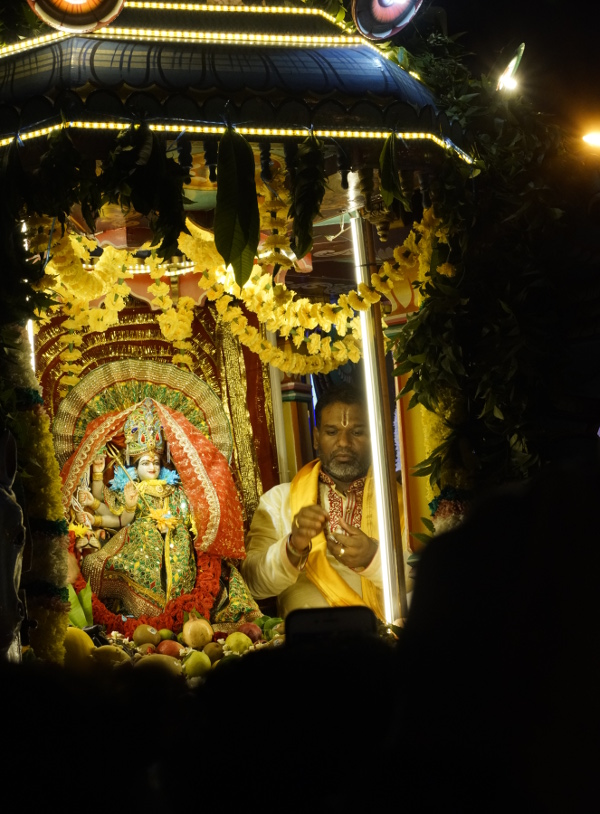
Another feature of Goddess Durga is her multiple hands that are used to hold weapons including a sword, bow and arrow, as well as her main trident that is said to represent courage. Image: travel360.com/Nicky Almasy
GETTING THERE: Navratri is celebrated in India, Nepal, Sri Lanka, Malaysia, Singapore, and Thailand. Book your trip with travel360.com for low fares and great travel deals today.








